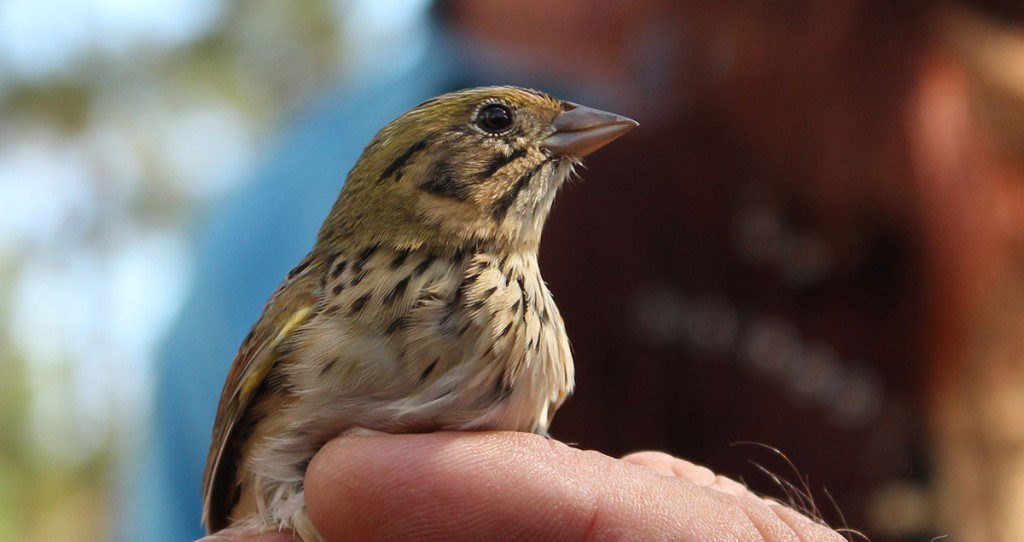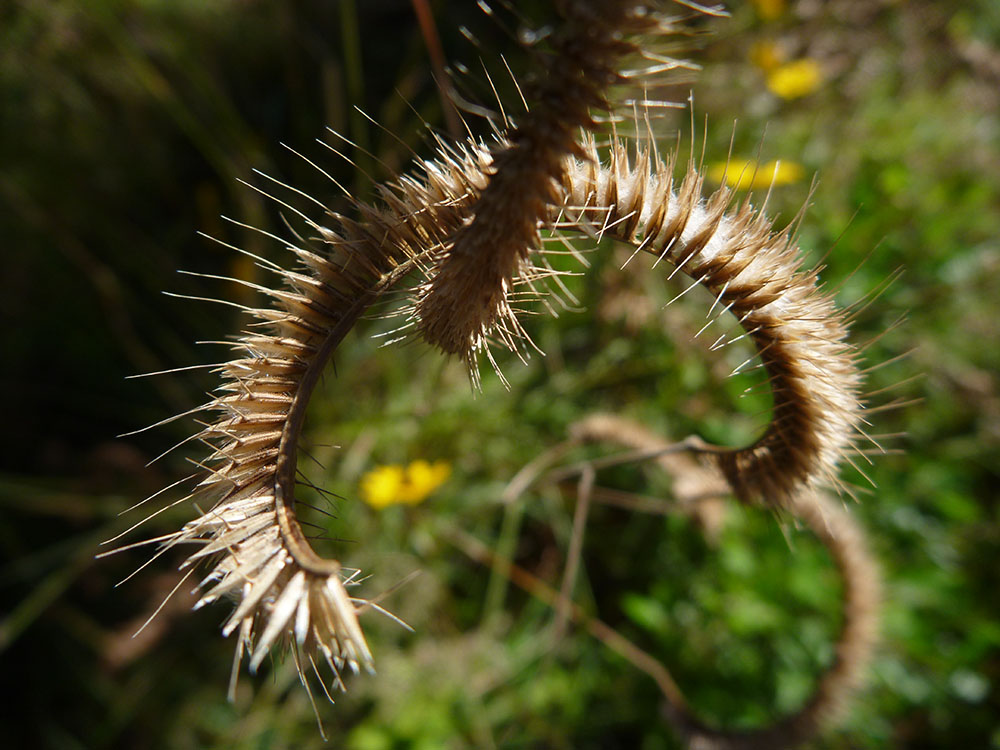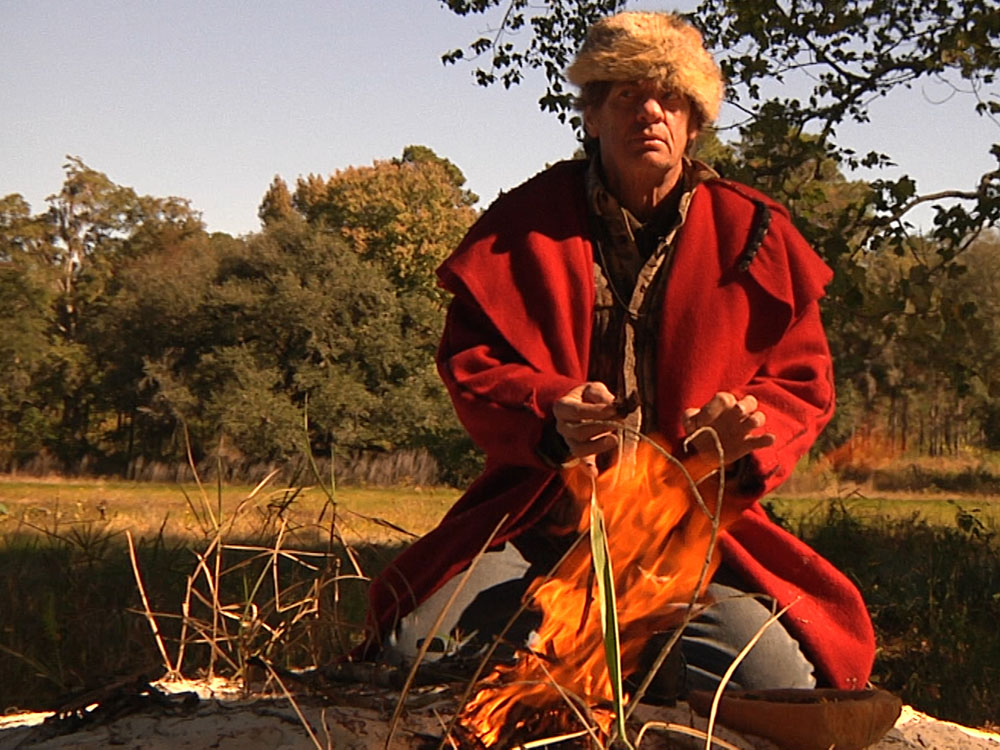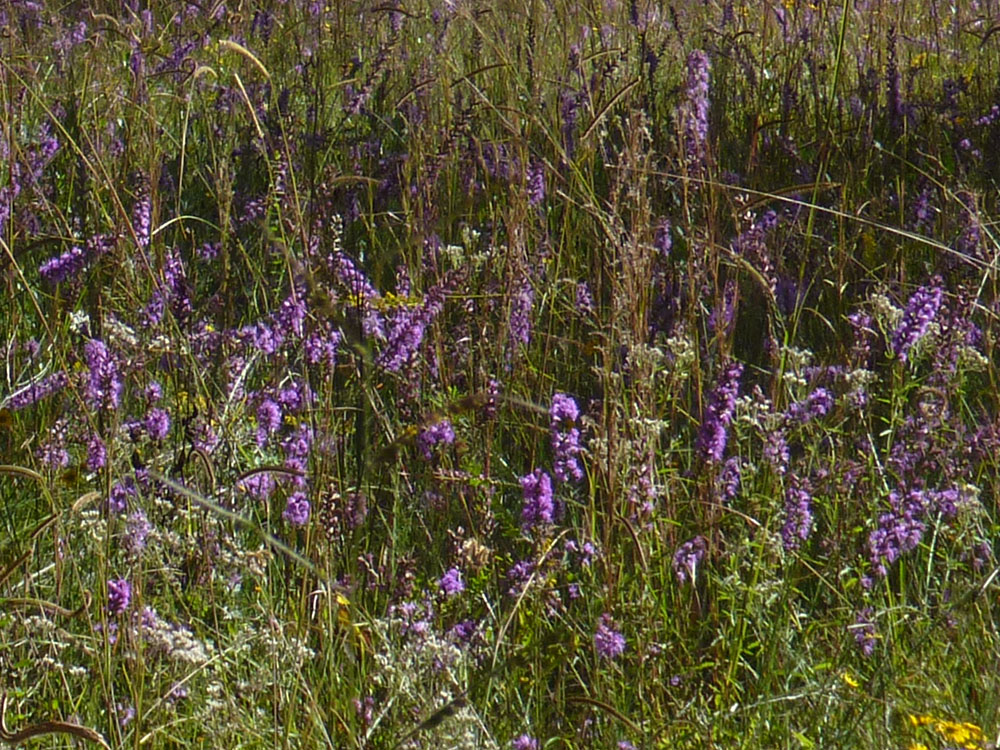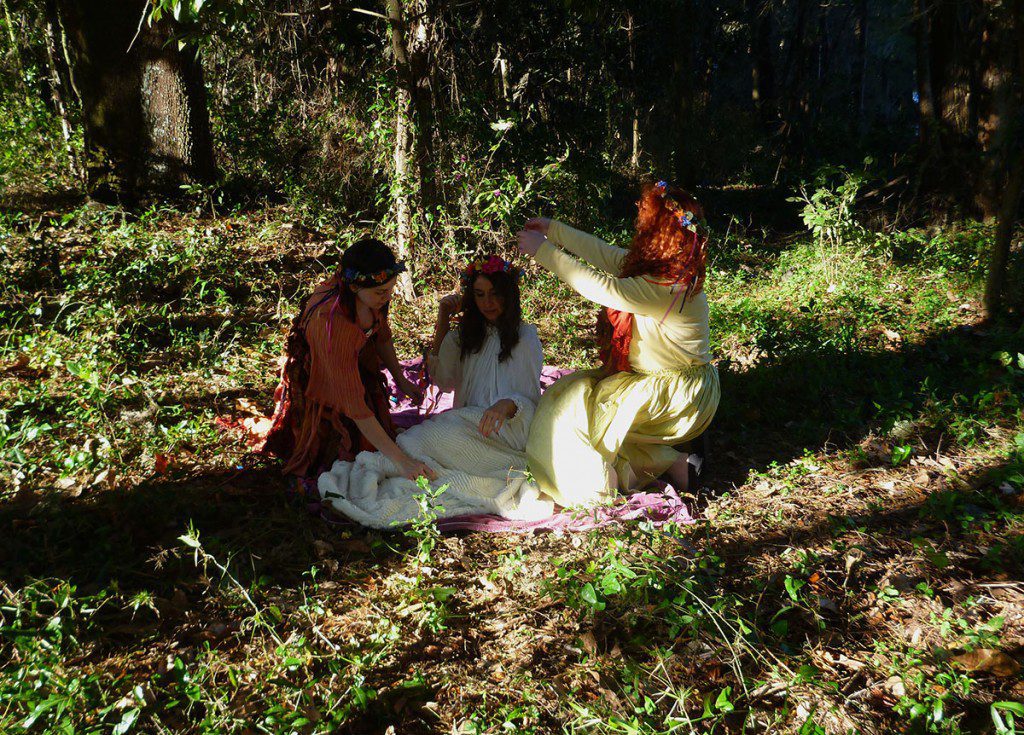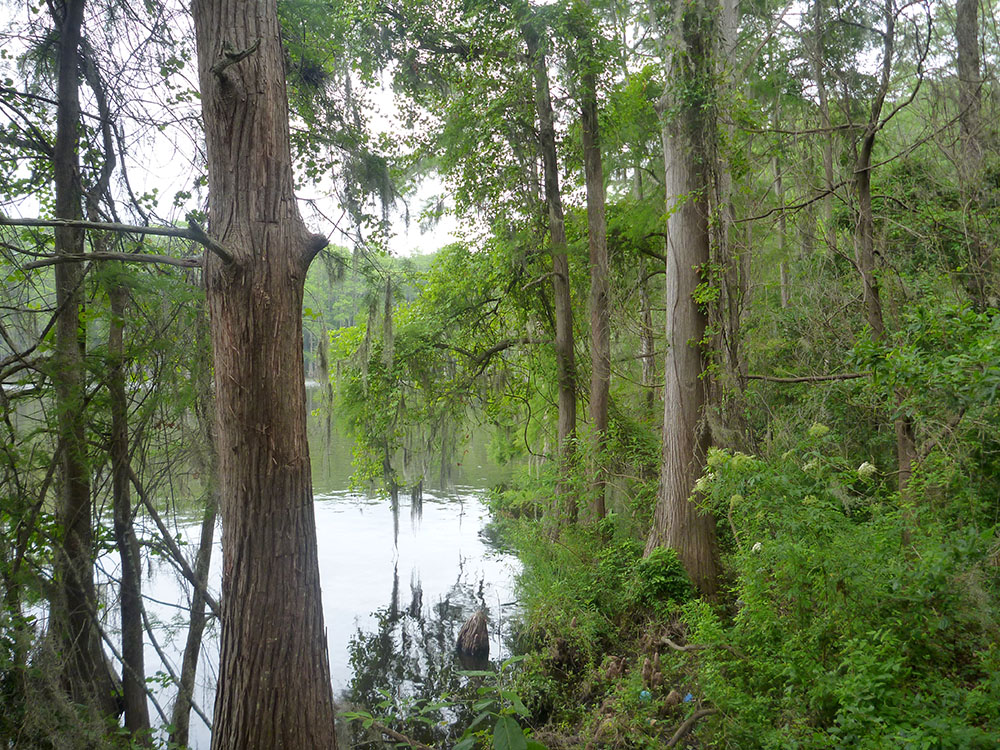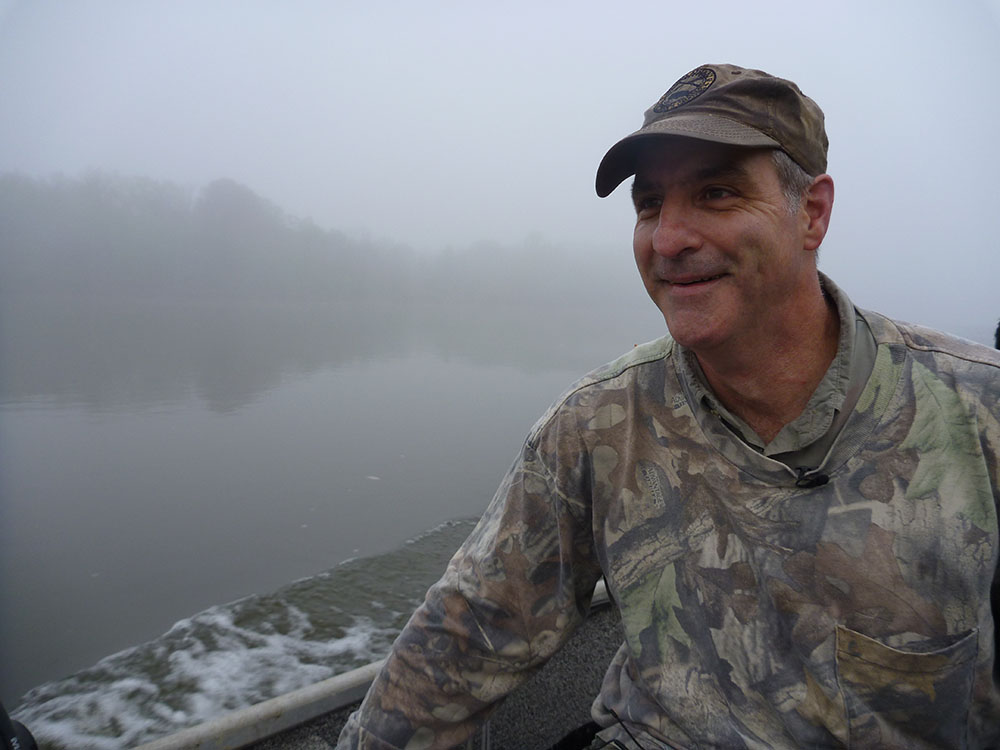Watch EcoShakespeare – the Complete Adventure NOW!
Rob Diaz de Villegas WFSU-TV
In the end, it worked out that we had to shoot the show out of season.
“And thorough this distemperature we see
The seasons alter…”
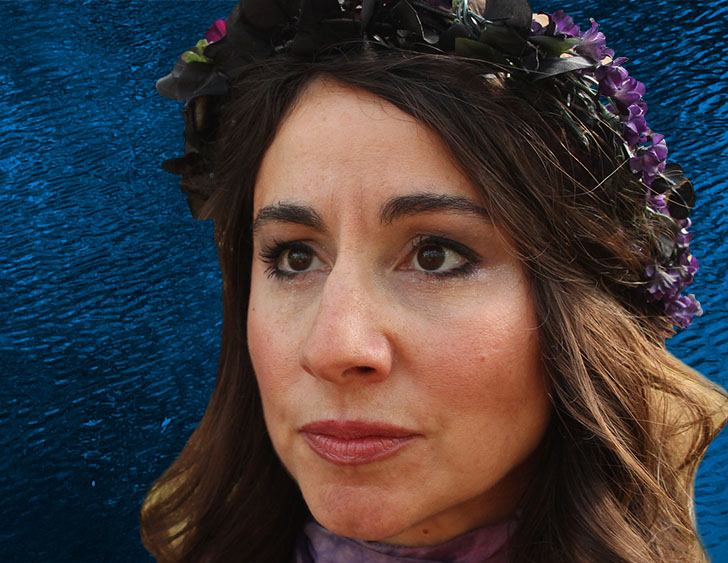 Here, Titania laments the damage done to the Earth’s climate cycles by her quarrel with Oberon, her husband and king of the fairies. She may also have been looking at our production schedule for EcoShakespeare. In October, we got our grant. The product was to be (mostly) finished by the end of January. The play we would be highlighting? A Midsummer Night’s Dream. It’s a summer where everyone is wearing jackets. We tag a bird- a Henslow’s sparrow- that migrates to our area in late fall. We forage for food that comes into season well after summer. And that’s perfect. How better to drive home the damage done by these nature deities’ marital discord? As Titania said, the seasons alter…
Here, Titania laments the damage done to the Earth’s climate cycles by her quarrel with Oberon, her husband and king of the fairies. She may also have been looking at our production schedule for EcoShakespeare. In October, we got our grant. The product was to be (mostly) finished by the end of January. The play we would be highlighting? A Midsummer Night’s Dream. It’s a summer where everyone is wearing jackets. We tag a bird- a Henslow’s sparrow- that migrates to our area in late fall. We forage for food that comes into season well after summer. And that’s perfect. How better to drive home the damage done by these nature deities’ marital discord? As Titania said, the seasons alter…
EcoShakespeare is one of the oddest programs I’ve ever worked on. In some regards I upped the oddness for the final, thirty minute program. If you’ve been following the blog at all this year, you’ve seen segments covering each of our three adventures. In the longer format, we can expand on some ideas, give Colbert Sturgeon a chance to get a couple more nature musings in. And we had some more fun with the quirkiness of the premise. And now that it’s all over, EcoShakespeare can say adieu. It’s been fun.
As we wrap it up, I thought I’d share some of my favorite tidbits that didn’t make it into the show. There are so many great facts and stories on these shoots that just don’t make it in when the story is finding its path.
Adventure 1: A Quarrel in the Big Woods of Thomasville
We visit the Big Woods, an old growth longleaf forest. This tract is part of an 8,000 acre remnant of the original 90,000,000 acre coastal plain forest that stretched from South Carolina to Texas. Many of the trees here are hundreds of years old in a habitat where mature trees benefit many endangered and threatened species. Jim Cox, with Tall Timbers Research Station, bands a rare Henslow's sparrow.
- A little bit about bird banding. Jim Cox affixes a band to a Henslow’s sparrow’s leg. The band was numbered. In the video, he references that he has to register the information he gathers about the bird (time caught, weight, wingspan, etc.). The Bird Banding Program is overseen by the U.S. Geological Survey and the Canadian Wildlife Service; Jim has to get federal authorization both to band birds and to use a mist net. The information he registered is made available to other researchers. If the bird is recaptured, they will see that, indeed, it had a role in a Shakespearean production.
- The bird’s wing length helps Jim locate its point of origin. Henslow’s from out west tend to have longer wings than their eastern counterparts.
- The bird usually forages for grass seeds on the forest floor. One type of grass we saw in the Big Woods is “toothache grass.” The roots of the plant are known to have an anesthetic property. I couldn’t get it to numb my gums. Maybe I had to chew on it some more.
- Henslow’s sparrows keep their weight down before migration. This keeps them from using too much energy during long flights. When they first arrive at their destination, Jim says, they are emaciated. The one in the video had been in the Big Woods for a little while, though.
- In our original segment we didn’t mention red cockaded woodpeckers; in the full program we have Jim talk about their relationship to old growth longleaf pine trees.
Adventure 2: Puck’s Mission on Lake Iamonia
Colbert Sturgeon leads us on a mission to forage ingredients for a medicinal tea on the shores of Lake Iamonia, on the Tall Timbers Research Station & Land Conservancy campus.
 We shot the only purple flower growing on Tall Timbers in November and had it pose as love in idleness. Love in idleness is in fact a type of pansy which grows both white and purple. Shakespeare’s reference to Cupid’s arrow changing the color of the flower is drawn from Roman mythology. I’m not sure what the flower we shot is called.
We shot the only purple flower growing on Tall Timbers in November and had it pose as love in idleness. Love in idleness is in fact a type of pansy which grows both white and purple. Shakespeare’s reference to Cupid’s arrow changing the color of the flower is drawn from Roman mythology. I’m not sure what the flower we shot is called.- Someone asked Colbert what his favorite type of natural space is. He said “In between.” The fringes between ecosystems are known as ecotones. The example I keep using for this is the bogs where carnivorous plants grow. They grow between pine flat woods and forested wetland areas. Many kinds of interesting things grow “in between.”
Adventure 3: A Fairy Song of Protection for Wakulla Springs
We follow the path of water from Tallahassee to Wakulla Springs, getting a full sense of how pollution contaminates groundwater and of the sensitivity of the aquifer in Wakulla County.
- As Jim Stevenson talked to us at Lake Munson, a boat backed into the lake. Perhaps some people were going out on the lake to catch fish. Jim pointed out that there were no signs warning that the lake contained PCB- Polychlorinated biphenyl. This chemical compound is associated with endocrine disruption and nuerotoxicity. Leon County does regularly check the overall health of its lakes and streams, and publishes their findings. But no signs are placed by lakes with Toxic Algae blooms or PCB.
- Where did the PCB come from? The old electrical building at Cascades Park (soon to be the Edison). When electrical transformers would stop working, they’d dump them in the lake.
- We interviewed Madeleine Carr, President of the Friends of Wakulla Springs State Park, at Cherokee Sink. Cherokee Sink used to be quite the party spot, and in the course of that partying, quite a lot of trash ended up in it. The Friends of Wakulla Springs raised money to purchase it for the state park; it’s across the street from the old entrance. Once in possession of that land, they hired a crane to pull garbage out. According to Madeleine, they removed 70,000 tons of trash, including a car.
- We shot her interview on Halloween. That day, the mile-plus hike to the spring was littered with crabapples. If you’re visiting in the fall, bring a basket and have a picnic on the scenic overlook.
- Madeleine’s interview was shot on October 31, our trip with Jim was on November 1. On November 4, Wakulla voters rejected an ordinance intended to protect the county’s wetlands, an amendment that both ardently supported. Madeleine and Jim talked off camera about being called marsh marxists. A week earlier, Jack Rudloe brought the Gulf Specimen Marine Lab’s Seamobile to a screening of our Oyster Doctors film at Tall Timbers. He had just replaced its tires after they were slashed. He suspected this was a result of his own outspoken support of Amendment A (and some problems with “No on A” proponents a couple of days earlier at the St. Marks Stone Crab Festival). Wakulla County is an ecologically sensitive place. Water passes freely into the limestone aquifer; it lacks the red clay protection of the area to its north. It has miles and miles of undeveloped coast, a lot of it on the St. Marks National Wildlife Refuge. It seems like a difficult place to live without making an ecological impact. It makes for an interesting case study on how we live with nature. We always feature passionate advocates for the environment. But what price is the average citizen willing to pay for pristine ecosystems? What level of impact are most people comfortable with?
- The fairy song in this video was arranged by Southern Shakespeare Festival Music Director Stephen Hodges. Years ago, before I called them EcoAdventures, we interviewed Stephen on Leon County’s greenway system. At the time, I had no idea he was such an accomplished musician. That piece also featured some great local music. Our latest EcoAdventure, with Susan Cerulean, also benefitted greatly from the inclusion of local music. I have to say it adds quite a lot to the feel of these videos to have that kind of a score. Any musicians out there want to have their music set to nature? Contact me!
- Stephen joined SSF’s Artistic Director, Lanny Thomas, on WFSQ-FM for the radio part of our collaboration. Dan MacDonald explored the musical history of a Midsummer Night’s Dream, from the accompaniment used during Shakespeare’s day, to the compositions created by Felix Mendelssohn starting when he was 17 (in the early 1800s), to the 1960s music that will accompany next week’s performances in Cascades Park, which Stephen selected.
We get back to conventional EcoAdventures next week. Tune in to Dimensions on Wednesday, April 15 at 7:30 pm ET, as we head back to the Apalachicola River with Jim McClellan, author of Life Along the Apalachicola River. We go looking for turkeys, hang a few bush hooks, and hear some tales about life in Calhoun County.
Special thanks to WFSU’s partners on EcoShakespeare, The Southern Shakespeare Festival, Tall Timbers Research Station and Land Conservancy, Palmetto Expeditions, and the Friends of Wakulla Springs State Park. EcoShakespeare is funded by a grant from WNET’s Shakespeare Uncovered. For more information on Shakespeare Uncovered and WFSU’s associated TV and Radio projects, visit our Shakespeare Uncovered web site.
Shakespeare Uncovered is made possible by the National Endowment for the Humanities. Major funding is also provided by The Joseph & Robert Cornell Memorial Foundation, Dana and Virginia Randt, the LuEsther T. Mertz Charitable Trust, the Lillian Goldman Programming Endowment, The Polonsky Foundation, Rosalind P. Walter, Jody and John Arnhold, the Corinthian International Foundation, and PBS.

